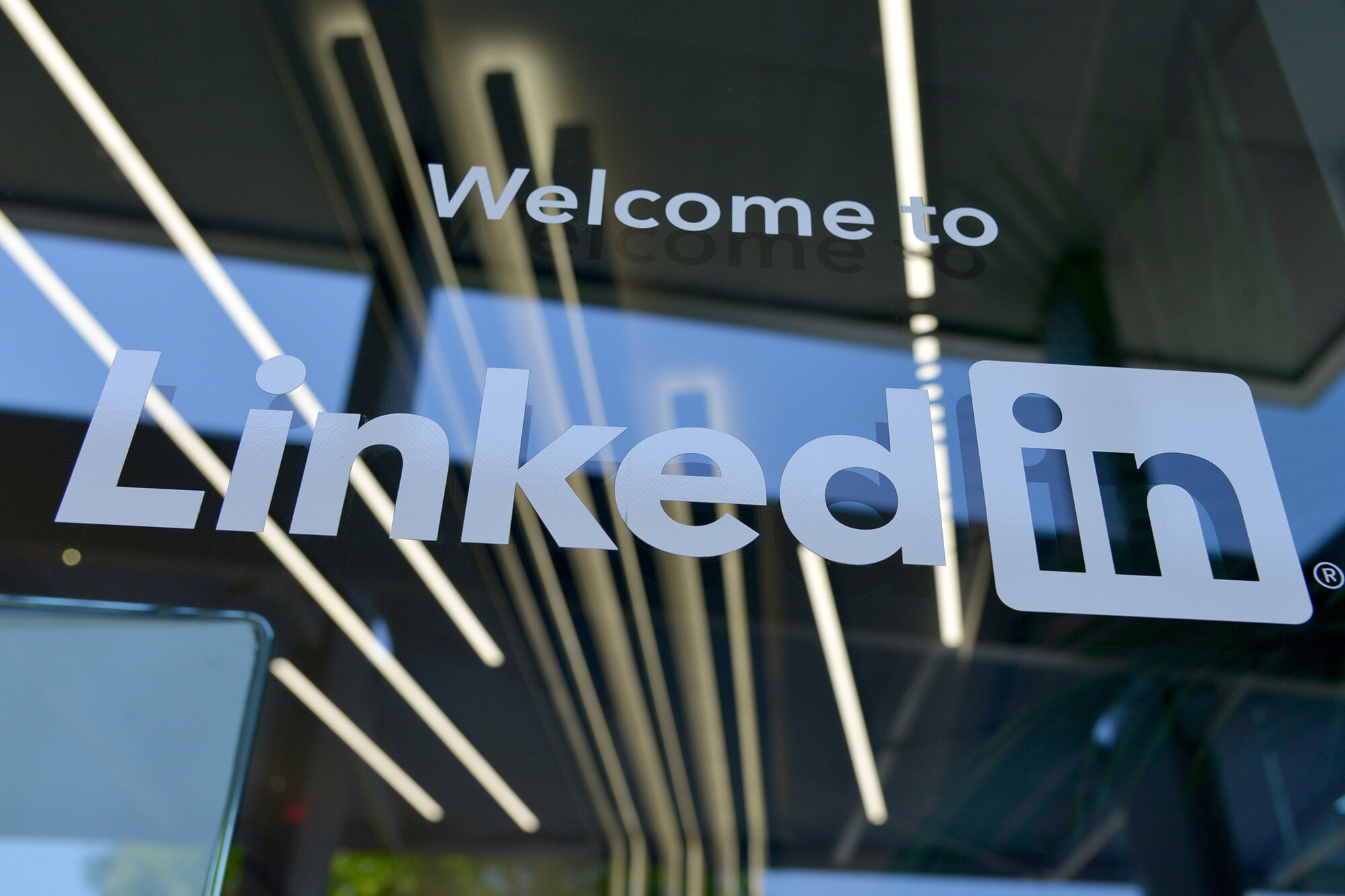Have you ever been caught off guard by the amount of time it takes to build a website? You’re not alone. Many people underestimate the time and effort required to create a custom website that is both visually appealing and user-friendly.
In this article, we’ll explore the reasons why building a website takes longer than you think and provide insights into the website development process.
Planning and lead time
One of the key factors that contribute to the extended timeline of website development is the planning and lead time required. Before any design or development work can begin, it’s essential to have a clear understanding of the project requirements and objectives. This involves gathering information from the client, conducting market research, and creating a comprehensive project plan. The planning phase alone can take several weeks to ensure that all aspects of the website are accounted for and aligned with the client’s goals.
Additionally, lead time is crucial for securing the availability of the web development team. Experienced web development agencies such as Metal Potato often have a queue of ongoing projects and limited resources. By contacting website design companies well in advance, you increase your chances of getting a spot in their schedule and ensuring that your project can be completed within your desired timeframe.
Custom design and user experience
When it comes to building a website, one size does not fit all. Custom website design is essential for businesses looking to create a unique and memorable online presence. Unlike template websites, custom designs provide full control over the look, feel, and functionality of the site. This level of customisation requires time and expertise to ensure that the website aligns with the brand’s identity and effectively engages the target audience.
User experience (UX) is another critical aspect that contributes to the time required for website development. A user-centric approach involves designing the website to meet the specific needs and preferences of the target market. This includes intuitive navigation, clear calls to action, and seamless functionality across different devices. To create a great user experience, web designers need to stay up-to-date with the latest trends and best practices, which requires time for research and implementation.
Search engine optimisation (SEO) and content creation
Having a website that is optimised for search engines is crucial for online visibility. Search engine optimisation (SEO) involves implementing strategies to improve a website’s ranking in search engine results pages. However, integrating SEO into the website development process requires careful planning and execution.
Before the design and development stages, keyword research and analysis are conducted to identify the most relevant and valuable keywords for the website. These keywords are then strategically incorporated into the website’s content, meta tags, and URLs. Additionally, the website’s structure and coding must adhere to SEO best practices to ensure optimal crawlability and indexing by search engines.
Content creation is another time-consuming aspect of website development. Compelling and informative content is essential for engaging visitors and driving conversions. Content specialists spend significant time researching the target audience, understanding their pain points, and crafting persuasive copy that aligns with the brand’s messaging. This process involves multiple iterations and revisions to ensure that the content is both informative and optimised for search engines.
Web development and testing
The web development phase is where the design concepts and content come to life. Skilled web developers use programming languages such as HTML, CSS, and JavaScript to transform the visual design into a fully functional website. This process requires attention to detail and thorough testing to ensure that all elements of the website, including navigation, forms, and interactive features, work seamlessly across different browsers and devices.
Testing is a critical step in the web design process. It involves checking for any technical issues, such as broken links, slow loading times, or compatibility issues. Web developers conduct extensive testing to identify and resolve any bugs or errors before the website is launched. This meticulous testing process is essential to provide a smooth user experience and maintain the website’s functionality.
Conclusion
If you’re considering building a website for your business, it’s crucial to give yourself ample lead time and work with a reputable web development agency that has expertise in custom design, user experience, SEO, and content creation. By investing in quality web development, you’ll ensure that your website stands out from the competition, engages your target audience, and drives business growth.
Ready to embark on your website development journey? Contact our experienced team today for a personalised consultation and let us guide you through the process of building a website that exceeds your expectations.
Let's make a website!
Book a FREE video call to discuss your business, project strategy, and more!
"*" indicates required fields
More from Metal Potato
Can Apple Vision Pro Revolutionise Computing?
Discover the Apple Vision Pro: a mixed-reality headset set to redefine computing, work, entertainment, and education.
How to Choose the Perfect Typography for Your Website
Master the art of web typography... from font selection to readability, create a visually stunning and user-friendly website.
The Power of WordPress for Small Businesses
Build a strong online presence for your small business with WordPress! It's easy to use, SEO-friendly, and very cost-effective.
Celebrating 40 Years of the Apple Mac
Explore 40 years of Mac evolution! Celebrating Apple's iconic computer and its impact on design, technology, and creativity.
Why LinkedIn Should Be Your Top Priority
Maximise career growth with LinkedIn's powerful benefits! Unlock networking opportunities, connect and build your personal brand.
7 Strategies to Build Customer Loyalty
Elevate your brand with proven strategies for customer loyalty. Personalised programs, consistency, and gratitude that resonate.






